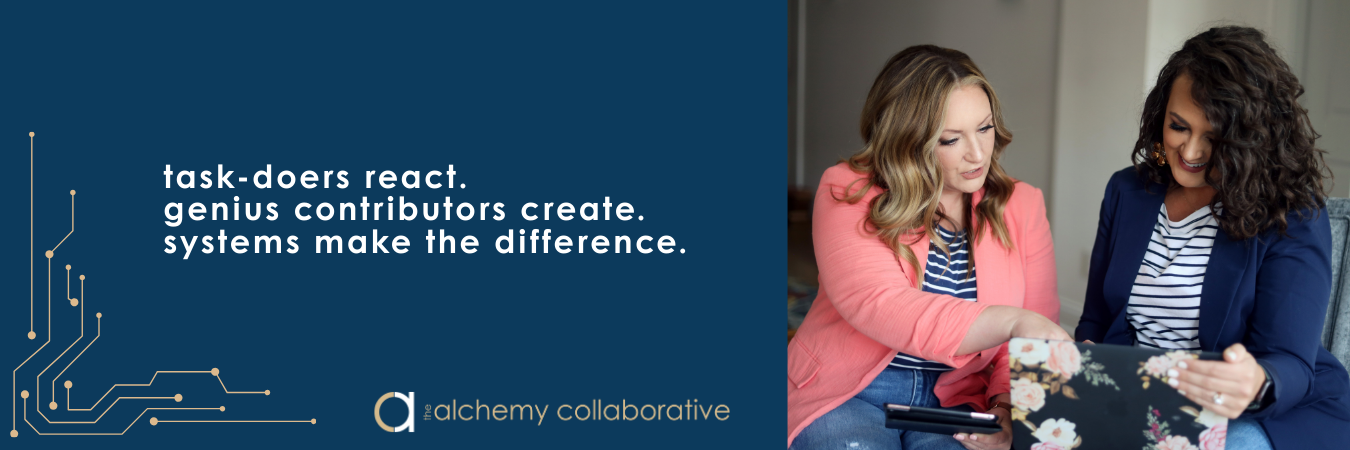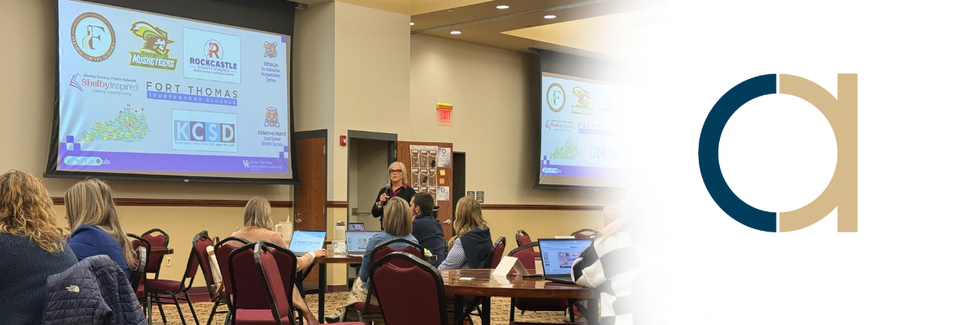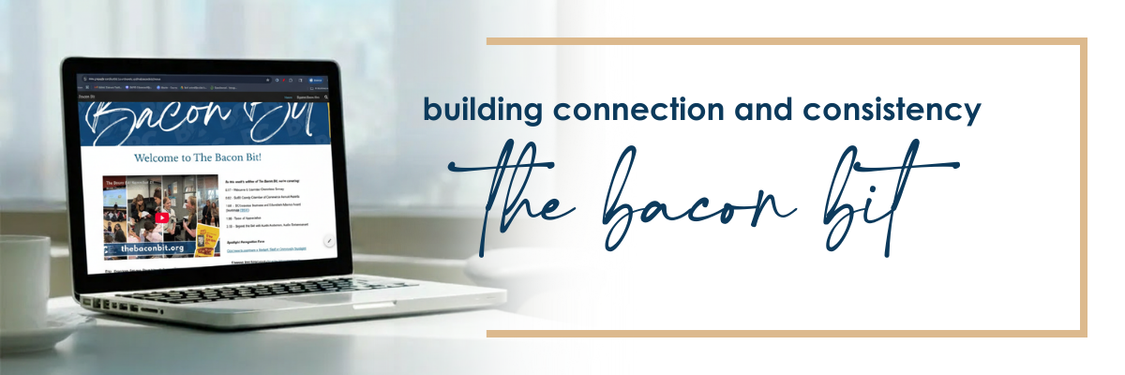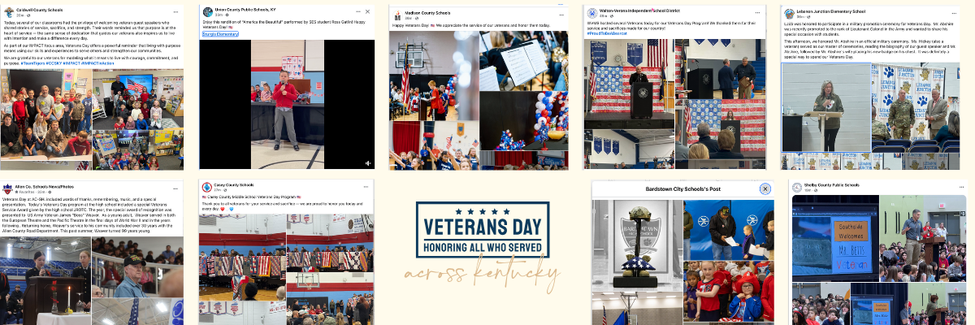the chaos of 14 logos
Raise your hand if you’ve ever seen more than ten versions of your district logo floating around—some pixelated, some stretched, and some with colors no one approved.
That’s the reality for many schools trying to communicate without guardrails. Branding chaos doesn’t happen because people don’t care; it happens because systems don’t exist to support them.
That’s where Old Mill Elementary (OMES) in Bullitt County Public Schools found itself. Staff were doing their best to design flyers, newsletters, and announcements—but without a centralized toolkit, consistency (and sanity) started to slip.
the challenge: branding without guardrails
Without a shared home for brand assets, creativity turned into confusion.
- inconsistent logos. Some were fuzzy, stretched, or outdated.
- random fonts and colors. Staff improvised with whatever Canva default popped up first.
- design fatigue. Teachers became accidental graphic designers, starting from scratch each time they needed a flyer or social post.
The result was an identity that felt fragmented—each communication piece telling its own visual story instead of one unified message.
how alchemy brought order to the chaos
When Alchemy partnered with OMES, the goal wasn’t just prettier graphics. It was about creating a system—a sustainable brand infrastructure that empowered staff instead of overwhelming them.
1. one team, one toolkit
Alchemy set up a
Canva Team for Old Mill Elementary, giving every staff member access to a centralized
Brand Kit that included:
- high-resolution, approved logos
- official colors and fonts
- ready-to-use templates for newsletters, flyers, and more
No more guessing. No more hunting through emails for “the right logo.” Everything lived in one organized home.
2. training that sticks
The best tools only work if people feel confident using them. So Alchemy didn’t just hand over a login—they offered hands-on training, walking staff through how to use templates, apply the brand kit, and maintain consistency across every platform.
That support turned Canva from another digital tool into a shared creative space.
3. the accelerator: leadership from within
The secret to long-term success more than just the setup, it was
people.
In Bullitt County, each school designates an
Accelerator, a staff member who champions communication and branding on campus.
For OMES, that leader was Kaylee Compton. She became the go-to person for questions, encouragement, and quick design guidance. Her leadership turned what could’ve been a one-time project into an ongoing practice.
“Before Canva, everyone was designing things their own way,” Kaylee shared. “Now, with brand kits and templates, everything is consistent, easy to use, and professional. It’s been a game-changer for our school.”
the results: consistency becomes culture
- brand consistency — no more rogue logos or mismatched fonts
- staff empowerment — everyone can design with confidence
- time saved — templates mean faster turnaround and less frustration
- a scalable model — the Accelerator system gives every school a built-in communication champion
The impact wasn’t just visual. It was cultural. Consistency created calm, and the shared tools gave staff permission to communicate boldly and professionally.
lessons for every school
- centralization matters. Without one source of truth, brand confusion is inevitable.
- tools need training. Adoption only sticks when people know how and why to use them.
- champions drive change. Designating a point person keeps branding alive beyond launch.
- branding is a living practice. It’s not about perfection—it’s about alignment over time.
At its best, branding isn’t about control; it’s about clarity. When everyone’s on the same page, the message gets stronger.
ready to bring order to your brand?
We help districts move from visual chaos to cohesive communication systems—powered by the right tools, templates, and training.
explore our communication systems support →








